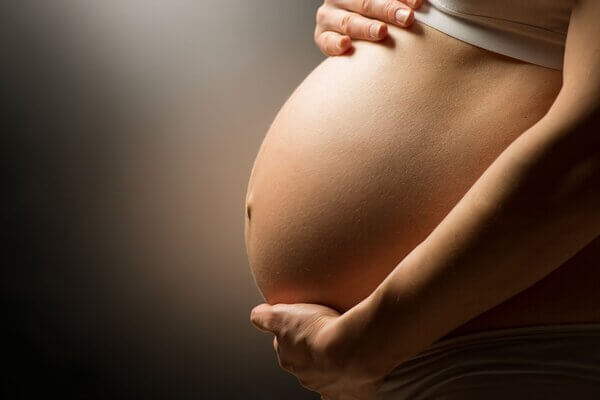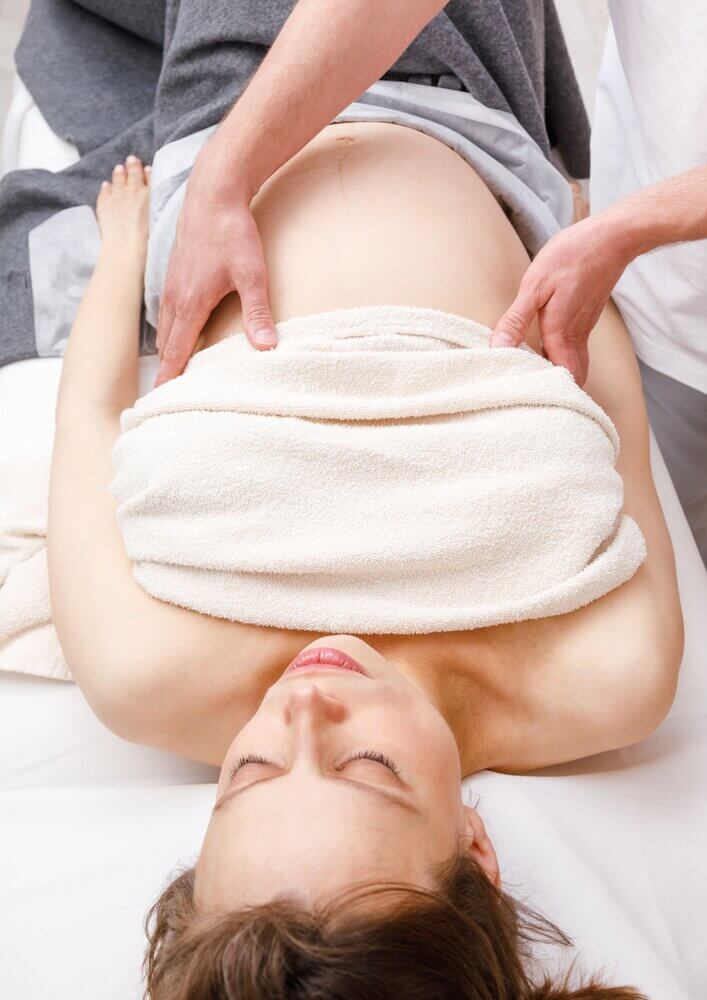Optimal Fetal Positioning
Cotlew St. Osteopathy: Guiding the way to birthing with balance and optimal fetal positioning.
The journey from conception to birth is a marvel of nature, and within the womb, the positioning of the fetus plays a pivotal role in the unfolding story of pregnancy.
Understanding optimal fetal positioning is a key aspect of ensuring comfort of the expectant mother and holds significance for a less complicated delivery. Cotlew St. Osteopathy offers collaboration with midwives and doctors to help prepare mothers during this transformative time.


What is Optimal Fetal Positioning?
Optimal fetal positioning refers to the ideal alignment of the baby within the mother’s pelvis, for a more straightforward and less challenging vaginal delivery. Ideally, there is a position in which the baby can come out of the pelvis the easiest. This position is generally characterised by the baby’s head being down, facing the mother’s spine with the head off to one side and the chin tucked. This is where the baby’s head or occiput is anterior (OA), ideally Left occiput anterior (LOA), or sometimes Left occiput transverse (LOT). These may be terms your midwife will use to describe the baby’s position.
Less desirable positions include posterior presentations (OP). This is where baby’s head is down in the pelvis but faces towards the front of the body. In this position the baby can’t achieve a full chin tuck. There is a greater head circumference that presents during birth, which generally means a more uncomfortable birthing experience and longer labour. A breech position is one in which baby’s head is up and feet or bottom are sitting in the pelvis. Generally, if a baby is breech at 40 weeks, then a cesarian may be considered. There is also a position called transverse, and this is where the baby lies across the body and doesn’t engage in the pelvis properly.
Maternal posture, pelvic shape and uterine dynamics can influence fetal positioning. Osteopathic treatment aims to address the musculoskeletal imbalances, alignment and mobility of the pelvic structures and spine. By creating space within the pelvic bowl, there is a greater potential for the womb to sit in a better position, and for the baby to then accommodate the space available in the womb. Sometimes, muscle tension or laxity pulls on the lower uterus making less room. Osteopathy can help ease these muscular tensions, allowing baby to have greater freedom to then rotate and or drop ready to engage for birthing. Osteopathy uses hands on techniques such as articulating joints, soft tissue massage, balancing of ligaments, stretching of some tissues and education around maternal positioning to help create a more favorable environment for the baby.
One should note however, the success of achieving optimal fetal positioning can be influenced by factors beyond musculoskeletal considerations, such as uterine and fetal factors. These also need to be considered and communicated as part of a collaborative approach between Cotlew St. Osteopathy, your midwife, doctor, or obstetrician.

Cotlew St. Osteopathy
Frequently Asked Questions
Fetal positioning should be considered from 32 weeks onwards for the first child and 35 weeks onwards for subsequent births. This is the ideal time in which to seek Osteopathic care if baby is sitting posterior, transverse, or breech. Of course, it’s essential to note that while manual therapy can contribute to optimal fetal positioning, individual responses may vary.
Yes, certain exercises such as pelvic tilts, hip openers, breathing exercises and gentle inversions may all assist in creating a space that baby can position into easier. Cotlew St. Osteopathy considers these as part of a personalised approach to treatment, and not all exercises will be given to every patient.
A wonderful resource for expectant mothers to learn more about optimal fetal positioning is the Spinning Babies website: www.spinningbabies.com They have a wealth of knowledge on the topic and have online birth preparation classes to empower you during the birthing journey.
Midwife Jean Sutton and antenatal teacher Pauline Scott developed the theory of optimal fetal positioning. They have noted that the rate of posterior presentations (OP) has dramatically increased over the last few decades, apparently in line with changes in the way women use their bodies. Any position which tilts the mother’s pelvis back such as sitting in a couch, recliner, slouching in a chair, may persuade the fetus to position itself towards the back or posterior.
To counter this, try sitting in the chair leaning forward, spend time on hands and knees, or kneeling upright. Avoid positions that have your knees higher than your pelvis.
No. While it can reduce the likelihood of labour complications, optimal fetal positioning is just one factor. Medical interventions may still be necessary for a range of other factors including fetal distress, various health conditions of the mother that may occur and a host of other factors.
Cotlew St. Osteopathy
Optimal fetal positioning is an integral part of a positive pregnancy and birthing experience.
Collaborating with Victoria from Cotlew St. Osteopathy provides expectant parents with a wholistic approach to achieving and maintaining optimal fetal positioning.
Prepare for a more harmonious birthing experience. Schedule a consultation with Cotlew St. Osteopathy today and discover the benefits of optimal fetal positioning for a smoother journey through pregnancy and birth.